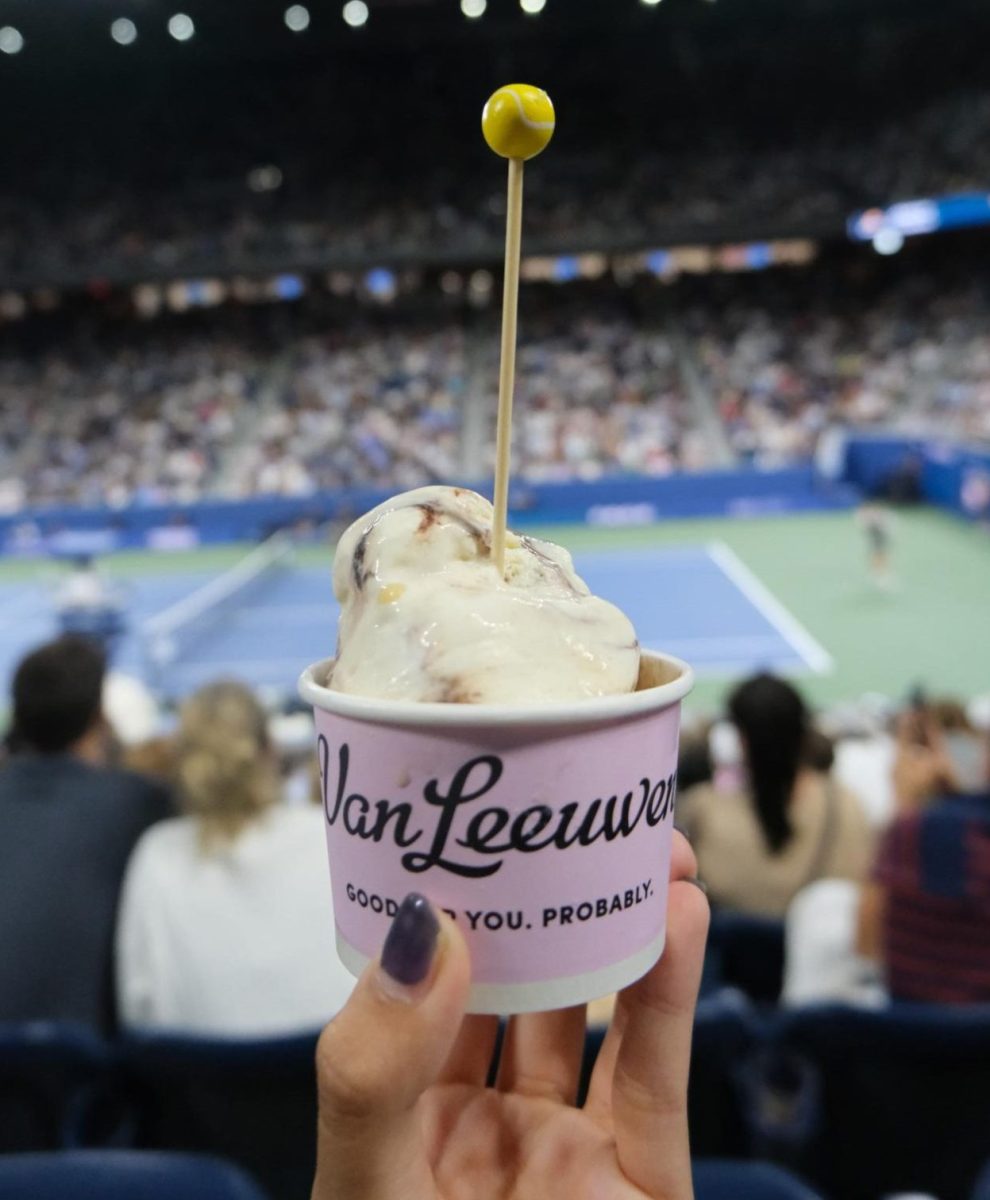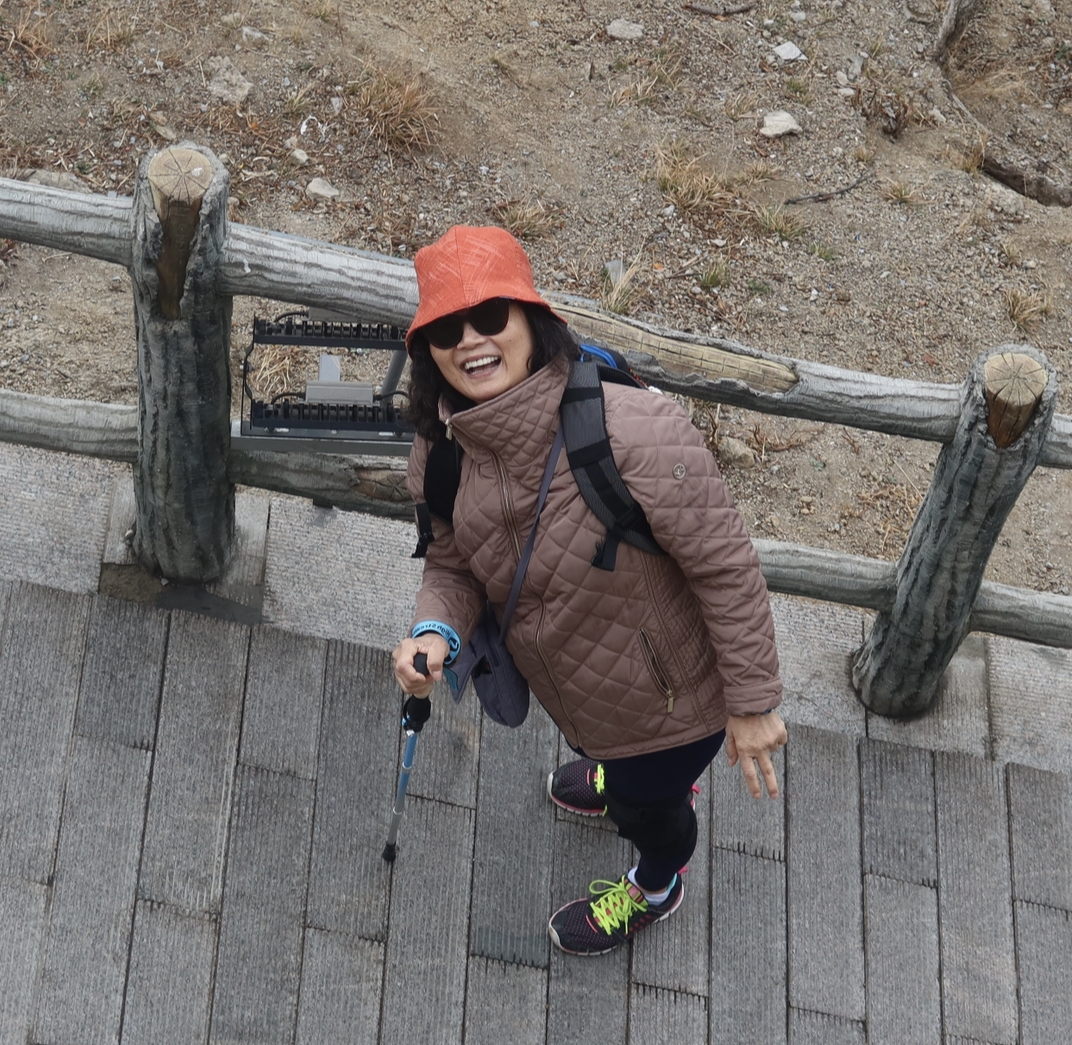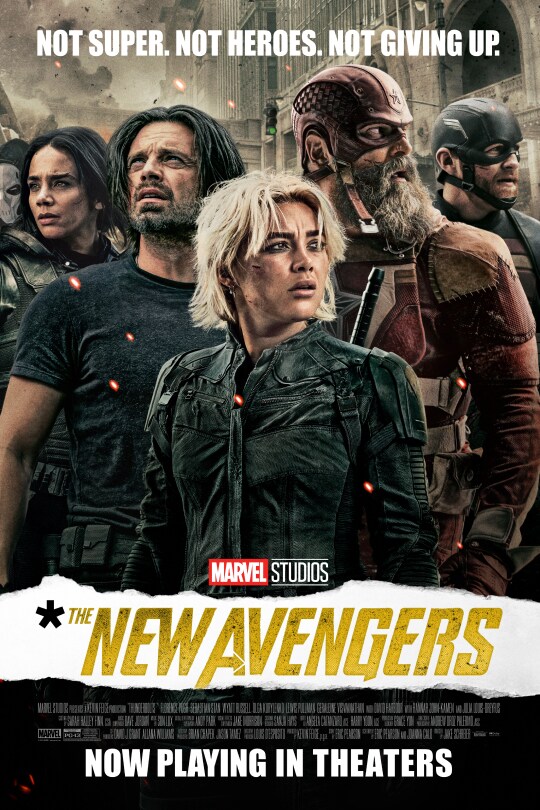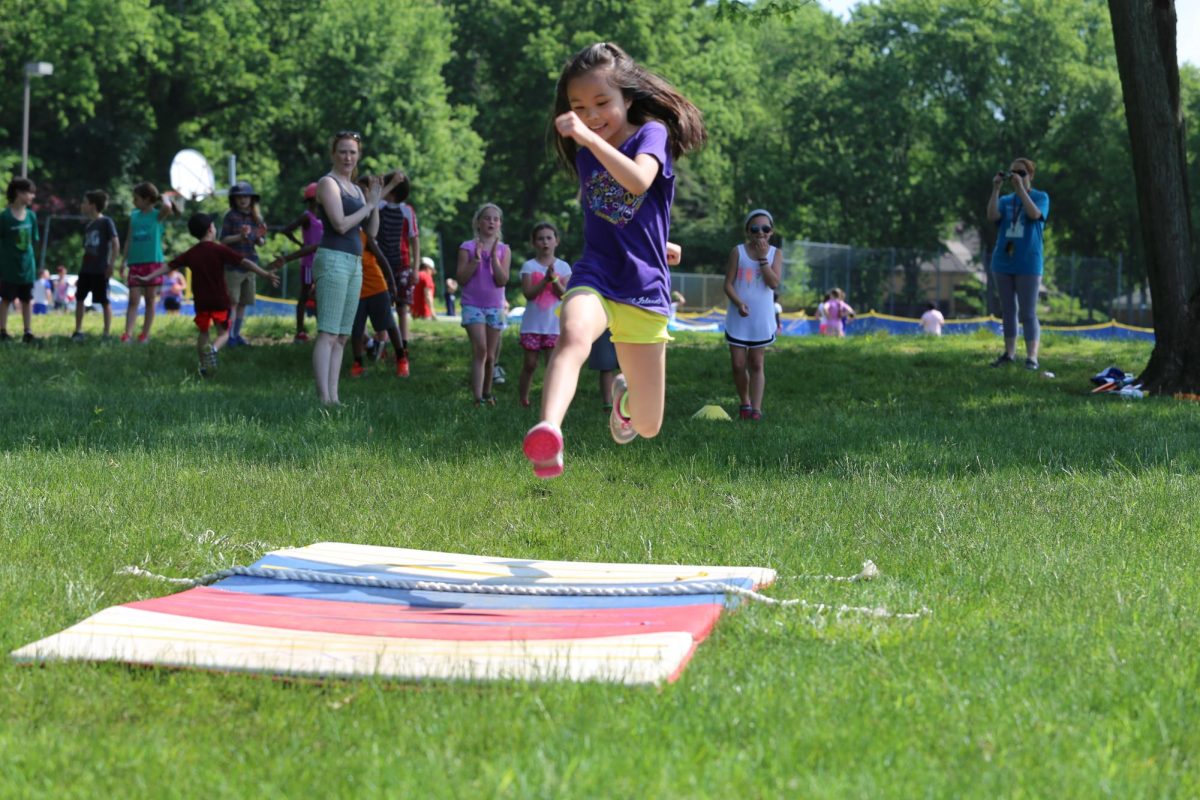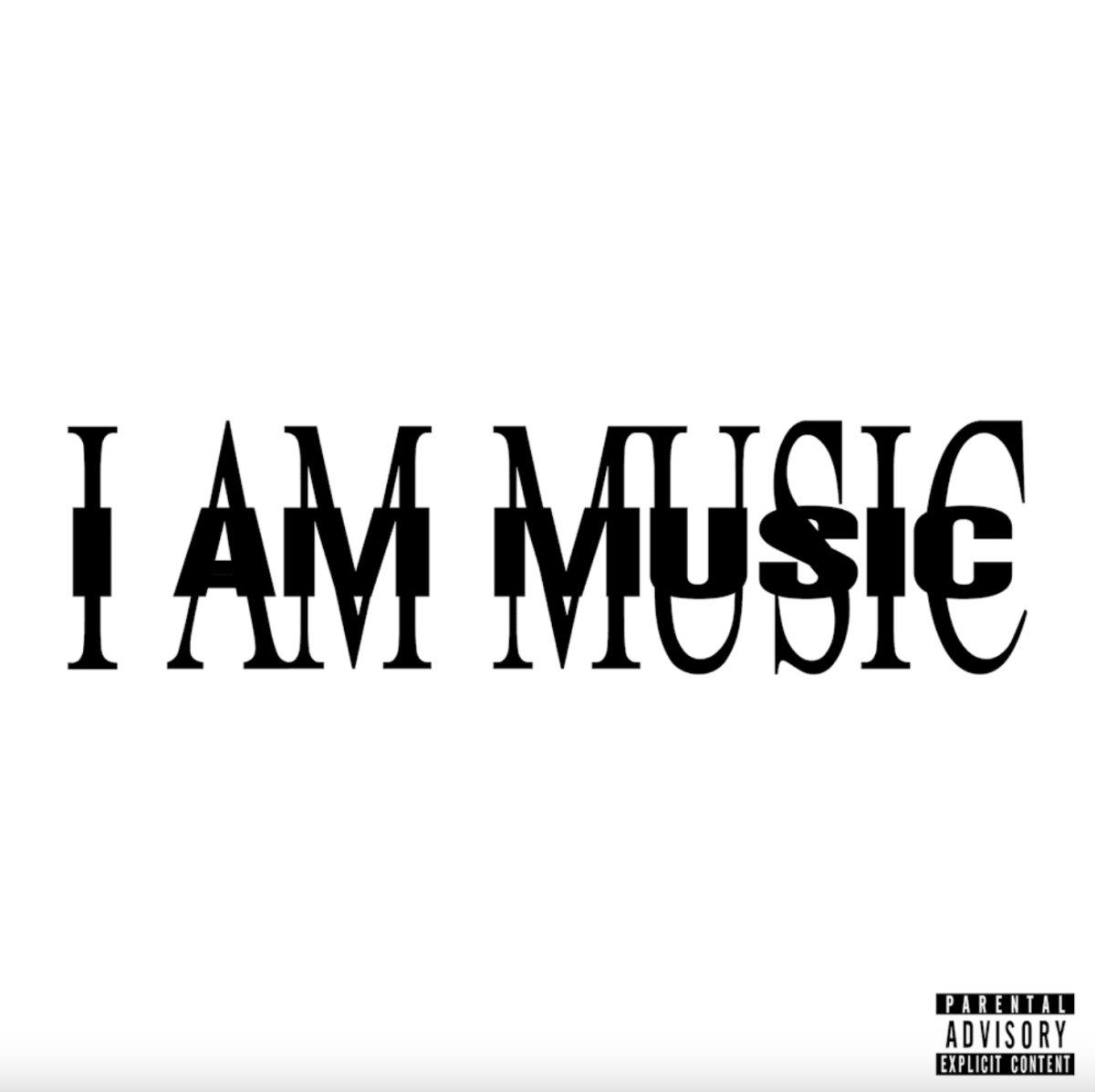Children younger than ever have become obsessed with influencer culture, causing older generations to wrongfully mock preteens for copying the mannerisms and actions of adult social media influencers. The young influencers are not to blame, as popular trends that enforce consumerism have caused an increased pressure to fit in both online and in real life.
In 2019, popularized by users on TikTok, people began to categorize themselves based on particular aesthetics. ‘Aesthetic’ is a word which is “typically used to describe something pleasing to look at, particularly of an object or idea that fits your person” or it is “often used as a kind of ‘genre’ something could be given” according to The Urban Dictionary. One example of a popular aesthetic is “cottagecore,” which emulates a feeling of coziness as opposed to something like the “preppy aesthetic” which can give a more colorful and upbeat feeling.

After the pandemic, influencers focused their ‘aesthetics’ around seemingly-effortless outfits, meditating, journaling, “no make-up, make-up looks,” and long skincare routines. It was often called the ‘clean girl’ look, and according to Ariane Resnick, a certified nutritionist and author, “it is not harmless.” Resnick goes into depth about how the trend is classist, racist, ageist, fatphobic, and more. Specifically, clothes fitting the clean girl aesthetic are expensive and the concept of clear skin became paired with having a pale or rosy complexion. As of October 2022, videos with the tag ‘#cleangirl’ had over 750 million TikTok views. Now, as of March 2024, if you search for clean girls on TikTok, the top video results have up to 2.6 million likes individually. This trend, unlike many others that die out with the speed of sharing online, has not slowed down.
Recently, a new term gained popularity: the Sephora Tween. It was used to mock young girls who make a style of video dubbed ‘get ready with me’ videos where they mimic grown influencers and show off their multi-step skincare routines (often with Drunk Elephant products). Users have commented on these videos expressing their frustration for the kids getting in their way at Sephora, and more pointedly, making fun of them for their behavior. But why blame them?
We learned what it was like for our bodies to go in and out style; with things like thigh gaps, hip dips, bunny noses, buccal fat; or products like corset tops, tube tops, Hydroflasks; or even concepts like the color pink, feminism, and academia trending one day and not the next.
Many pre-teens have become skincare and beauty influencer-obsessed because of the clean girl trend, forcing skincare brands like Drunk Elephant to create an age restriction on their products. On their website, they advise parents of child-safe skincare routines and specify what items are safe for children 12 and under, as many Drunk Elephant products contain harsh ingredients or anti-aging serums not meant for kids. The page also refers to the children using their products as “our younger fans,” even though they are trying to promote their products responsibly. They, as experts in skincare, know that most children do not need the five-step routines they suggest for 12 and under, yet they continue to promote them, exploiting the financial benefit of their trending brand.
This obsession has received enormous attention through social media platforms, as videos of preteens visiting Sephora have made their way onto apps such as Instagram and TikTok. Many of the videos record the kids saying things like ‘I want this one because it is what everyone else has,’ or ‘I want it because it’s new.’ One popular child influencer went viral for showcasing a cart full of expensive skincare products while unable to describe the use of each product.
In late February of 2024, Moody v. NetChoice and NetChoice v. Paxton were brought to the Supreme Court to “test the power of social media companies,” according to the New York Times. The cases were primarily about regulating speech online, but they turned into a demonstration when an organization called Parents for Safe Online Spaces held up photos of their children, whose deaths have been linked to social media, in the gallery (where spectators sit toward the back of a courtroom). The protest reignited an ongoing conversation about the effects that the internet can have on young people as a whole, and how they are influenced to act, in these cases, in very unsafe ways.
So, suppose parents are standing up for their children because they recognize the impact social media can have on decision-making (among other things). Why are we as teenagers and young adults, who are more familiar with the internet, blaming the child influencers for emulating what they see is popular online? Being the first generation to grow up with social media and personalized ad-targeting, we have battled the promotion of impossible beauty standards. We learned what it was like for our bodies to go in and out style; with things like thigh gaps, hip dips, bunny noses, buccal fat; or products like corset tops, tube tops, Hydroflasks; or even concepts like the color pink, feminism, and academia trending one day and not the next. We learned to skip over our awkward phases and change to fit into boxes labeled “aesthetics” as influencers promoted them. Even without the internet, previous generations have faced the same unrealistic standards promoted by brands, TV shows, Movies, and magazines. Now, with the introduction of short-form content and ad targeting, these results are amplified as trends, spreading faster and lasting for much shorter periods. So, why do we blame the next generation for falling into the same trap?
I spoke to an anonymous eighth grader at Moorestown Friends School who described how their peers “see things on social media … and want to fit in,” and that “people’s opinions of each other are based on fashion,” often resulting in friend groups that wear similar outfits and act “a certain way.” This separation of friend groups is common in middle school but has been greatly amplified by online culture that has taught young people to associate different aesthetics with fixed personalities.
This middle schooler also commented on the lack of impactful support from administrators, teachers, and upperclassmen. “It’s hard for faculty to support students. They don’t know our experiences. They’ll read an article and want to understand, but since they can’t truly relate … it feels awkward and forced,” they explained.
Nicole Weber, Middle and Upper School Librarian and seventh grade Lead Adviser, has a Masters in Media Studies and acknowledges how difficult it can be to have conversations about social media. Even though middle schoolers aren’t allowed to use their phones during the day, “that’s not to say that issues surrounding social media don’t come up,” Weber said. The effects of pressure from social media can come from “just seeing that kind of content and wanting to look the way that other people look or act the way they see people acting online.”
The question of authenticity also comes into play when aesthetics are promoted. You have to appear authentic, but even doing so can be “performative” as it is “hard to maintain that image” Weber described.
Much of this online pressure to fit in and be “the best version of yourself,” as Weber described, is due to a rise in consumerism. Products are marketed online as the “viral” thing (even if they’re not actually viral) or “essential” product, in order to convince viewers that they are needed to elevate anything from their style or life in general.
On TikTok and Instagram, a “shop” section has been added so people can link (or “tag”) what they wear in their posts or videos so people can buy them off the in-app shop or be linked to outside online-shopping websites. Ordinary people are being encouraged to participate in this marketing plan by getting discounts or receiving a commission when people buy the products they promote online. Specifically, on Tiktok, if you click the link on someone’s video for a product and buy it, the creator of the video will earn a small commission. Many of the creators that do this are posting otherwise ad-unrelated videos, causing viewers to unknowingly like an ad. If you were to like a post with a tagged product accidentally, you may see five more videos containing that product within the hour.
“You start watching a lot of that content that might be exciting at first … but then all of a sudden you’re buying an eight-step skincare routine … and now [you feel like] there’s something wrong with your skin,” said Weber. “[The] promise of a lot of this stuff is appealing and enticing because it makes us feel like we will become a more actualized version of ourselves. We do all these things: we wear the right clothes and use the right skincare, and we do the right dances and participate in the right trends, but what it ends up doing is just making us a lot more critical of ourselves and think about ourselves as a product more than a person.”
These patterns create unrealistic expectations. When Resnick described the effect of the “#cleangirl” trend, she cited how “the brands favored for the clean girl’s makeup, clothes, and decor are all high-end and expensive. The trend posits a lifestyle in which you don’t get dirty, and that isn’t realistic for anyone who isn’t quite wealthy.” Additionally, it promotes fast fashion that sends ripple effects across the world. Companies like Shein are notoriously cheap, but this comes at a cost for their workers and the environment. Yet, Weber has observed the popularity of Shein products for many of her students at MFS, as they are wildly popular on sites like TikTok where, again, shopping in the app has become more accessible.
As a current 10th grade student, I find myself reflecting on how all of these effects can seem unavoidable. Even if I delete all of my social media, there is still pressure to keep up with trends in order to fit in. I might miss that a certain hairstyle went out of style a month ago or that it’s now uncool to talk about anime. I fear that would affect how people see me, and I could lose friends or be avoided because of my differences. Additionally, whether we like it or not, if everyone else is online, we will be influenced by their behavior as well. Inversely, it might not be all that bad. It is human nature to find friends in people that we can relate to, so of course we try to emulate the actions or mannerisms of other people whom we admire. It can also be fun to find new styles online, curate hyper-specific Pinterest boards, and keep up with trends and the ever-evolving web of knowledge online. Weber affirmed this, too. Even as an adult with a broader understanding of the drawbacks social media has, Weber can still “see the good” online and use social media. Perhaps Sephora Tweens are just trying to do exactly that: have fun and make friends.
Still, in middle and high school, I think there is a lack of conversation about the heavier side of social media amongst peers. Adults in the MFS community have made a consistent effort recently to make our community more inclusive, but the most impactful support will come from people our age that we might compare ourselves to. When we open ourselves up to each other, a sense of relief can be found in even the smallest shared experiences. It might make us feel more human when the girl who comes to class every day with perfect makeup admits that she too can feel pressure to fit in. Ironically, admitting that can bring people together. Weber also talked about trying to make it all feel “a little less serious.” I appreciate that acknowledgement especially because it’s nice to make everything feel lighter and more manageable. I think that is another form of that relief we can find in each other.
So, why blame Sephora Tweens? I hesitate to say this, (as I am very self-aware of another internet phenomenon called cringe culture,) but I truly feel that we are in this together. All we need to do is act with that understanding, as no education will ever come from shaming others.
Bibliography
FAQ [Fact sheet]. (2023). Drunk Elephant. Retrieved March 14, 2024, from https://www.drunkelephant.com/faqs.html#:~:text=Can%20Drunk%20Elephant%20be%20used,present%20at%20such%20an%20age
Aesthetic. (2024). Urban Dictionary. Retrieved March 14, 2024, from
https://www.urbandictionary.com/define.php?term=aesthetic
McCabe, D. (2024, February 26). What to Know About the Supreme Court Arguments on Social Media Laws. The New York Times, sec. B, 1. https://www.nytimes.com/2024/02/25/technology/free-speech-social-media-laws.html#:~:text=The%20Supreme%20Court%27s%20decision%20in,how%20and%20what%20stays%20online
Resnick, Ariane. “The Clean Girl Aesthetic Is All over Social Media-but It’s Not Exactly Harmless.” Byrdie, Dotdash Meredith, 3 Oct. 2022, www.byrdie.com/clean-girl-aesthetic-critique-6744031.
Kelly, H., Lima-Strong, C., & Zakrzewski, C. (2024, January 21). Mark Zuckerberg apologizes to parents at Senate child safety hearing. The Washington Post. https://www.washingtonpost.com/technology/2024/01/31/mark-zuckerberg-apology-hearing-child-safety/

